Understanding the Phenomenon of a Glowing Ring
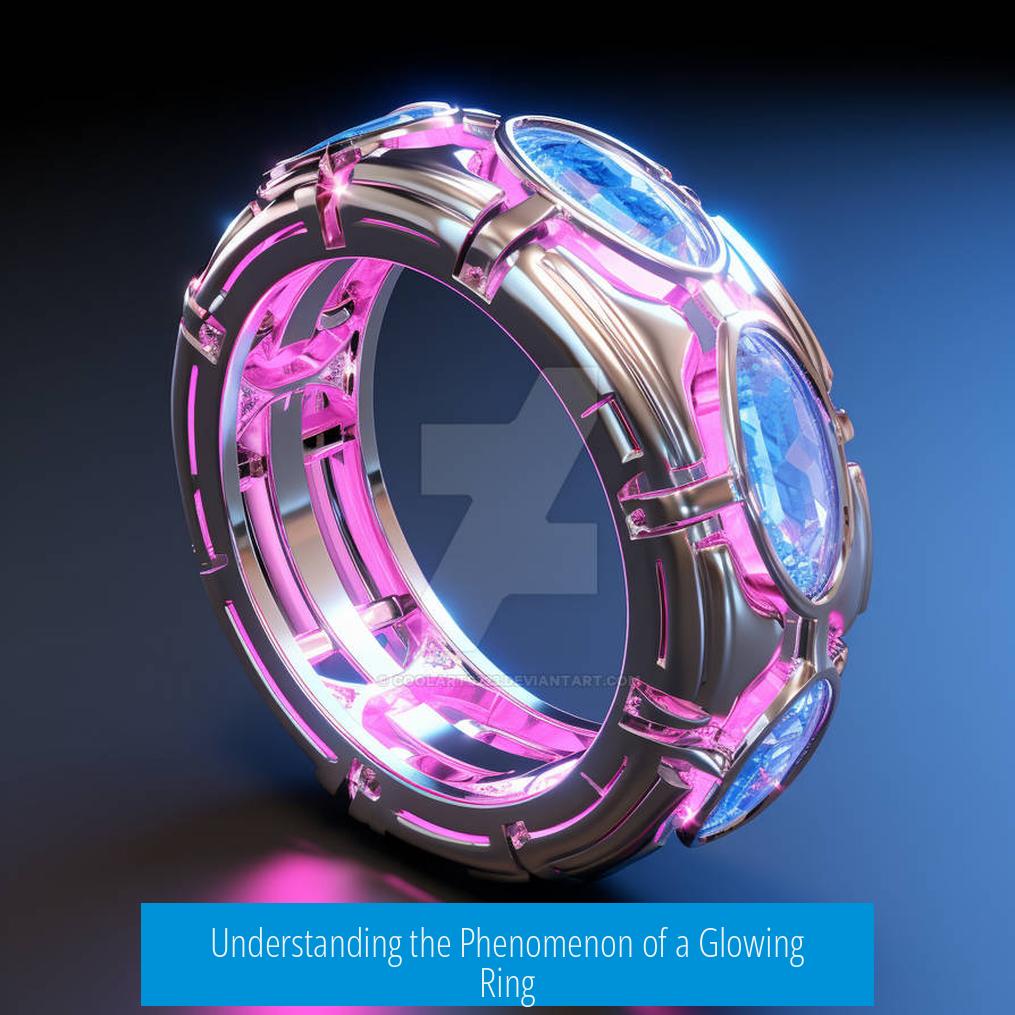
The glowing effect on a ring is real and can be explained scientifically. The glow often results from materials that emit light after being energized by ultraviolet (UV) light or sparks. Several mechanisms support this explanation.
Glow-in-the-Dark Material and Phosphorescence
One common explanation involves phosphorescent materials. These materials absorb UV light during excitation and slowly release visible light afterward, causing a glow. The glowing stone in the ring could be made from such a phosphorescent gem. For instance, laser or scintillator materials cut into gem shapes can behave this way. The spark or UV laser acts as a charging source. This process aligns well with principles seen in physics and materials science.
Fluorescence in Man-Made Diamonds
Man-made diamonds often contain nitrogen impurities that create fluorescence centers. Upon UV light exposure, these centers cause the diamond to emit visible light briefly. A high-intensity UV blast could provoke a rapid glow, which then decays as the excitation fades. This effect is similar to phenomena observed in laboratory videos showing diamond fluorescence.
Optical Effects Inside Diamonds
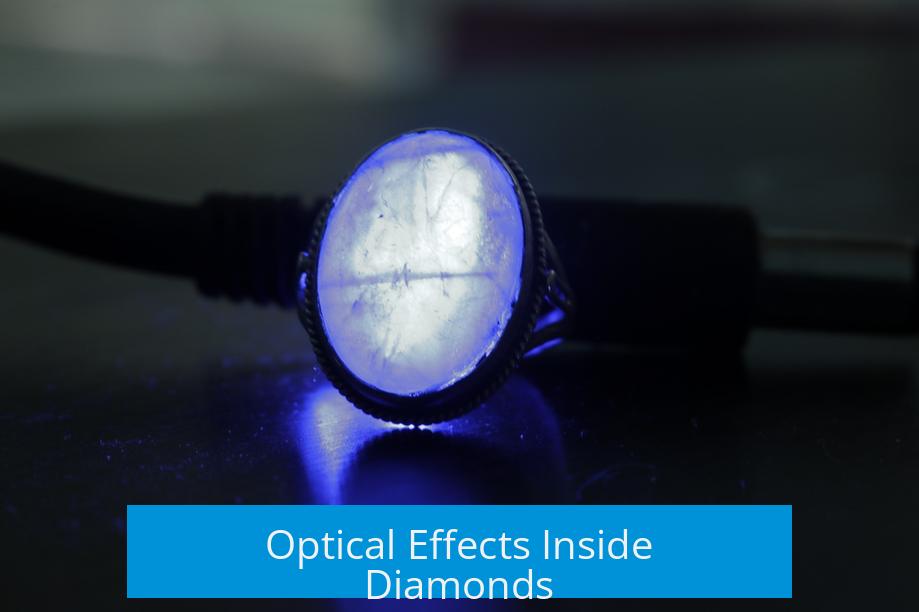
Another factor is the optical behavior of diamonds. Their internal reflection angle, about 24 degrees, traps and redirects light inside. This effect may enhance or produce the appearance of glowing if UV light or sparks interact with the diamond’s facets, though this alone is less likely to cause a strong glow.
Skepticism and Potential Electrical Tricks
Some suggest the glowing effect might be a trick using an electrical current activated simultaneously with a spark show. A hidden wire could light up the ring, masking the source. While plausible, this requires physical setup that might not always be the case.
Summary of Key Points
- The glow is likely caused by phosphorescent or fluorescent materials excited by UV light or sparks.
- Man-made diamond fluorescence due to nitrogen impurities can produce this effect.
- Internal reflection in diamonds may enhance light effects but does not solely create the glow.
- There is some skepticism about electrical tricks, but the glow is generally a genuine physical phenomenon.
Does Anyone Have an Explanation of How This Works? Is It Real?
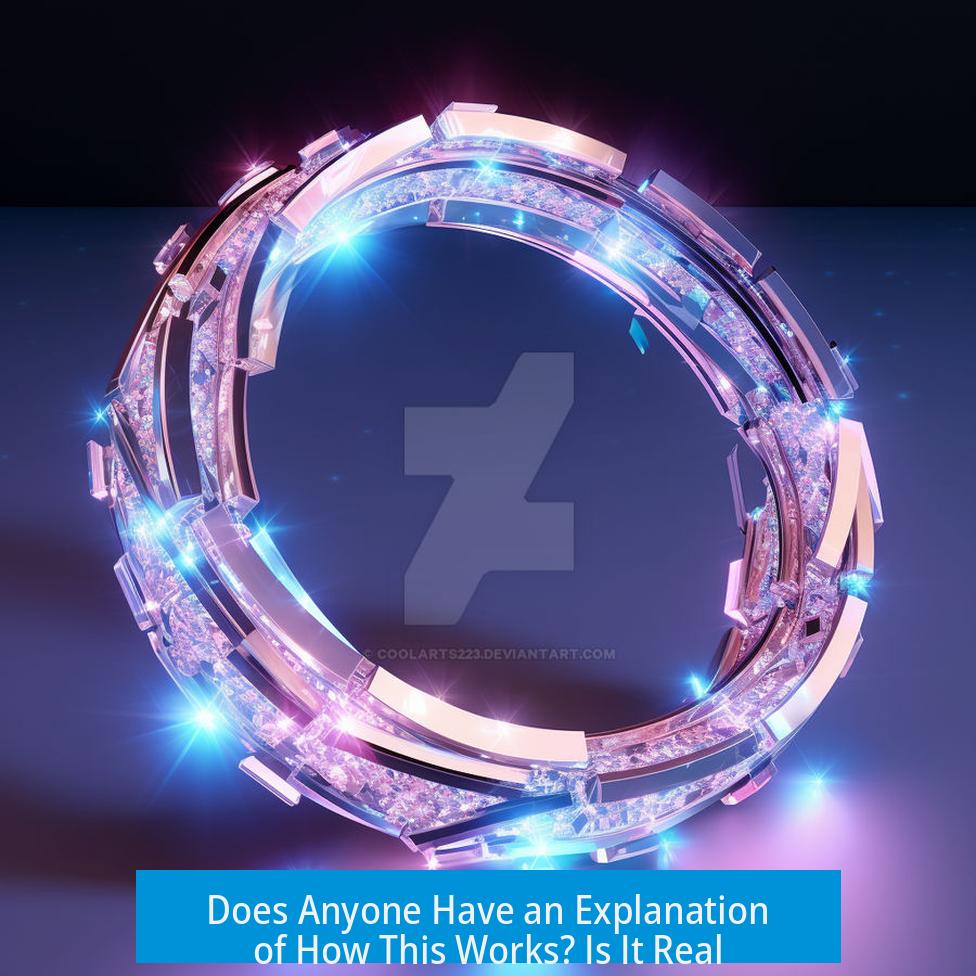
Wondering if that glowing ring trick is real or just clever smoke and mirrors? Here’s the truth: Yes, the phenomenon is real—but how it works depends on the material and physics behind it. Let’s dive into some fascinating science and a pinch of skepticism to unpack this glowing mystery.
Picture this: a ring with a sparkling gem suddenly glowing in the dark after a flash of light or sparks. Magic? Almost—more like a mix of chemistry, physics, and a bit of showmanship. But how does it happen? Is the glow a natural property of the stone, or an illusion staged by clever tricks?
Glow-in-the-Dark Materials: Charging Up the Sparkle
One practical explanation involves the use of phosphorescent materials, those fun substances that soak up light and release a gentle glow afterward—think glow sticks or glow-in-the-dark stars on your ceiling. In this case, the stone in the ring might be made from such a material.
Here’s a cool fact: some lasers and scintillator materials are phosphorescent. They can actually be shaped and cut into gem-like pieces, just like the ring we’re talking about. Websites like Turtle’s Hoard sell gems cut from phosphorescent minerals that glow when charged with a UV source.
Now, imagine a “Tazapper” or a spark station—tiny sparks or flashes emit ultraviolet (UV) light. When this UV photon barrage hits the phosphorescent stone, it charges up the material. After that, the gem slowly releases that stored energy as a continuous glow. It’s as if the stone trapped a mini lightning storm and saved it for showtime.
Diamonds and Their Fluorescent Secrets
But what if the ring’s gem is actually a diamond? There’s a fascinating twist: many man-made diamonds have nitrogen impurities, sometimes called “nitrogen centers,” inside their crystal lattice. These centers can cause the diamond to fluoresce—emit light—especially when exposed to UV light.
Experts note that a strong UV blast can cause this fluorescence. The diamond glows briefly and then the light fades, known as fluorescence decay. You can actually watch this effect in action in various online videos, such as this one on diamond fluorescence. This phenomenon is mainly observed in synthetic diamonds and is a neat optical property, rather than magic.
Is It a Ruse? The Skeptic’s Viewpoint
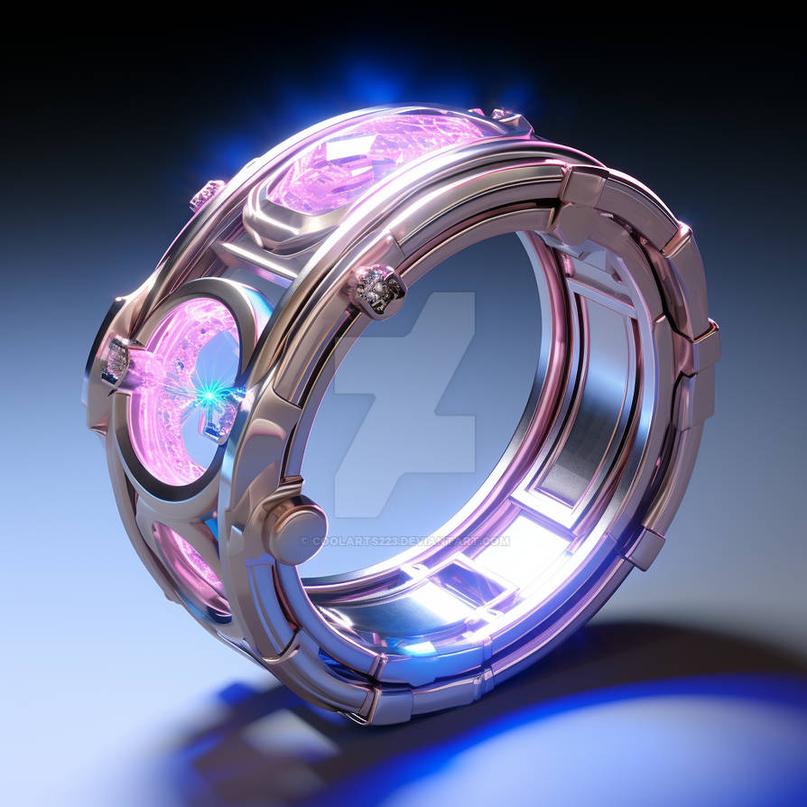
Of course, not everyone buys into these material explanations without a grain of salt. One popular theory is that it might be a trick involving hidden wiring. Imagine a tiny wire running discreetly from under a pillow or surface right up to the ring. When sparks fly, an electrician flips a switch that illuminates a tiny LED inside the ring in perfect sync. Voila! Instant glowing gem.
Skeptics warn, “Never trust without proof,” and this explanation certainly fits the bill for the suspicious. After all, synchronizing a spark with hidden electrical currents is an old magician’s trickbook staple.
The Role of Physics: Inner Reflection Angles
Physics class 12 optics lessons can also help shed light here—literally. Diamonds are famous for the way they bend and reflect light internally. The critical angle for internal reflection in diamonds is about 24 degrees. This means many flashes of light entering a diamond bounce inside before finally leaving, creating unique glint and glow effects.
This internal reflection can amplify light in dazzling ways and might cause a brief glow or sparkle when exposed to a light source. Not quite glow-in-the-dark, but definitely optical wizardry that makes diamonds look alive with shine.
A Quick Reality Check
“It’s real. It’s simply witchcraft, don’t you hear the music?”
Humorous as it sounds, the reality is less dark art and more clever science. The glow is real, but behind it lies solid physics and chemistry, or sometimes human trickery. Whether it’s the storage and slow emission of UV energy from phosphorescent materials, exciting nitrogen centers in man-made diamonds, or even a covert wire delivering power, there’s a rational explanation.
Why Care? What This Means for You

If you’re curious about this glowing ring and think it’s “too cool” to be true, here’s a takeaway: The glowing effect is achievable, but the exact cause matters.
- For jewelry enthusiasts, knockoffs or gimmicks can mimic this effect. Always ask—Is it a genuine gem with fluorescence or a phosphorescent fake?
- For science buffs, it’s an excellent illustration of how materials interact with light at the atomic level.
- For skeptics, it’s a gentle reminder: sometimes the simplest answer—hidden wiring or staged tricks—is right in front of us.
How to Experiment and Verify the Glow Yourself
You don’t have to take anyone’s word. Next time you see a glow effect in a gem or ring, try this:
- Expose the stone to sunlight or a UV lamp for a minute.
- Then move it to a dark room and watch carefully for a faint glow.
- Observe if the glow fades gradually. This suggests phosphorescence.
- Try shining a UV flashlight for a few seconds and then watching for fluorescence.
- If possible, inspect for tiny wires or LED lights hidden nearby.
This simple test can reveal whether the stone glows due to material properties or an external trick.
The Bottom Line
Does anyone have an explanation of how this glowing ring works? Absolutely! The glow can be traced back to two likely causes: phosphorescent materials absorbing UV light or fluorescence in man-made diamonds. Both are genuine physical phenomena that create real light. However, some cases may simply be clever electromagnetically activated tricks.
So yes, the effect is real, but understanding the exact cause helps you appreciate the intersection of science and art behind such dazzling moments. Next time you see a glowing gem, you won’t just be impressed—you’ll know a little magic called physics is at work.
How does the glow in the ring work? Is it real?
The glow likely comes from phosphorescent material in the ring. It absorbs UV light or sparks and then emits light slowly. The effect is real but depends on special substances that store and release light.
Can man-made diamonds really glow like that?
Yes, some man-made diamonds have nitrogen impurities. These impurities can cause fluorescence when exposed to UV light. The ring’s glow may come from this property.
Is the glowing ring effect a trick involving electricity?
It is possible the ring contains a hidden wire. The glow could be powered by electricity synchronized with the spark. However, this is speculation and not confirmed.
Does the diamond’s shape affect the glowing effect?
The inner reflection in a diamond can cause light to bounce inside at certain angles. This makes the diamond appear to sparkle or glow differently. This alone doesn’t cause glowing but enhances light effects.
Is the glow effect just science or is there more to it?
The glow is based on physics and materials that interact with light. While it may look magical, it is explained by light absorption and emission. So it’s real science, not witchcraft.


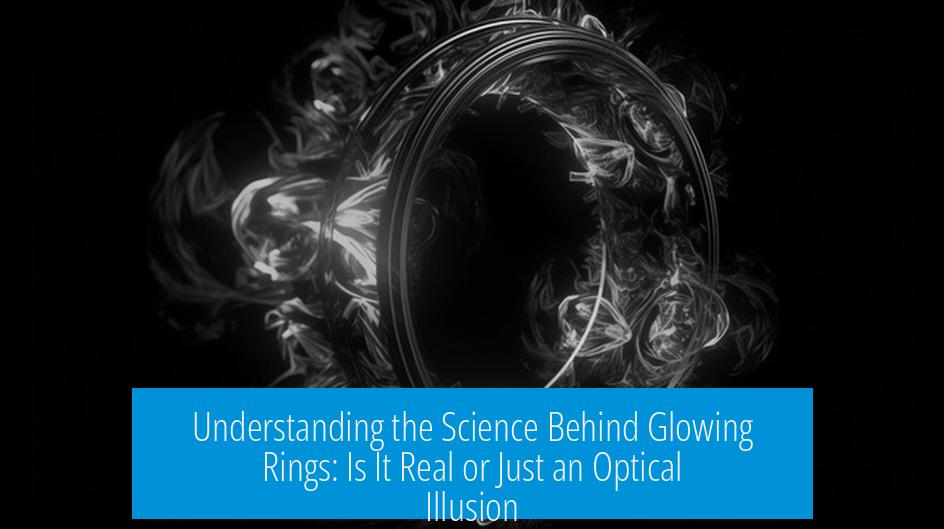


Leave a Comment